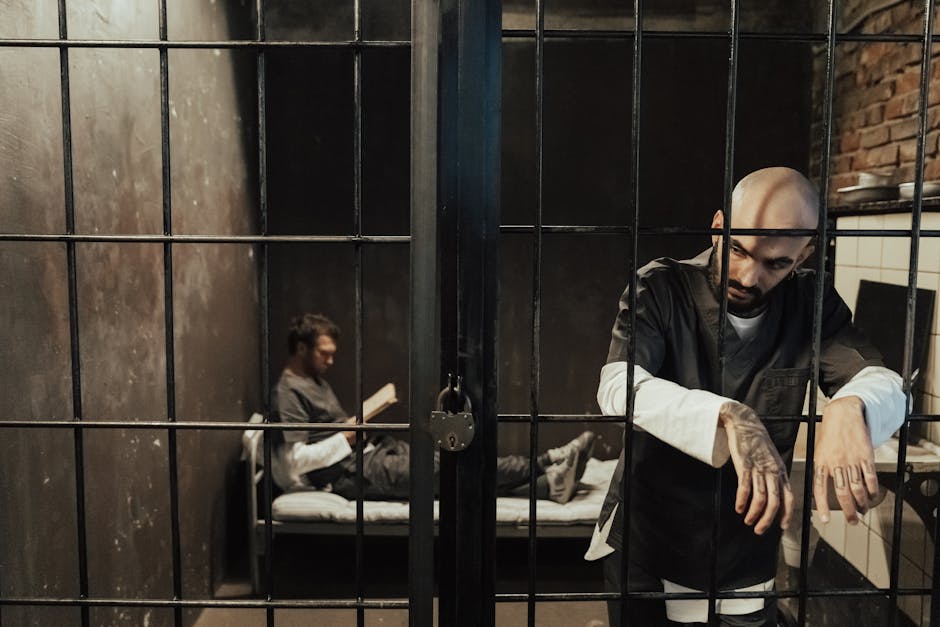An Israeli airstrike in southern Lebanon killed at least two people and wounded seven others on Tuesday after targeting a residential building, according to Lebanon’s state-run National News Agency (NNA). The attack on the town of Hanin marks another deadly escalation in the near-daily exchange of fire that has gripped the volatile border region for months.
A Cycle of Retaliation on the Northern Front
The simmering conflict along the Israel-Lebanon border has run in parallel to the devastating war in Gaza. What began as retaliatory strikes between the Israeli Defense Forces (IDF) and the Iran-backed militant group Hezbollah has evolved into a dangerous, low-intensity war, threatening to pull the wider region into a larger conflagration.
The IDF quickly claimed responsibility for the strike, stating its fighter jets had targeted a “Hezbollah military structure” in the Hanin area. An Israeli military spokesperson confirmed the strike was in retaliation for rocket fire from Lebanon into northern Israel earlier in the day. This cycle of action and reaction has become the grim reality for communities on both sides of the UN-demarcated Blue Line.
A Wider Conflict with Hezbollah Looms
For international observers, this northern front is a critical flashpoint. A full-scale war with Hezbollah would present a far more formidable challenge for Israel compared to its conflict with Hamas in Gaza. Hezbollah is widely considered one of the world’s most powerful non-state military actors, possessing a vast arsenal of rockets and precision-guided missiles, along with a cadre of fighters hardened by experience in the Syrian civil war.
The Mounting Human and Humanitarian Cost
The human cost of this sustained conflict continues to climb. Since cross-border hostilities erupted on October 8th—the day after the Hamas attack on Israel—the violence has claimed over 300 lives in Lebanon. While the majority have been Hezbollah fighters, the toll includes more than 50 civilians, such as children, journalists, and medical workers. On the Israeli side, at least 10 soldiers and six civilians have been killed.
Beyond the casualties, the conflict has ignited a severe humanitarian crisis. Tens of thousands of civilians have been displaced on both sides of the border. Once-thriving villages in southern Lebanon have become ghost towns, while Israeli communities in the north remain largely evacuated, their local economies shattered.
Diplomatic Efforts Stall Amid Border Tensions
International diplomatic efforts, led primarily by the United States and France, have so far failed to de-escalate the situation. A core point of contention is the implementation of UN Security Council Resolution 1701, which ended the 2006 Israel-Lebanon war and called for Hezbollah‘s withdrawal north of the Litani River. With Hezbollah refusing to redeploy, Israel has stated it will no longer tolerate the group’s military presence on its border.
The spiraling violence is a cause for grave concern globally, including in nations like India that maintain crucial diplomatic ties with both Israel and key Arab states. Regional stability is paramount for international economic interests, energy security, and the safety of diaspora communities.
As the dust settles in Hanin, the question is not if the next strike will happen, but when and how severe it will be. Each attack pushes the tinderbox region closer to the brink of a full-blown war that no one claims to want, but everyone seems to be preparing for.




